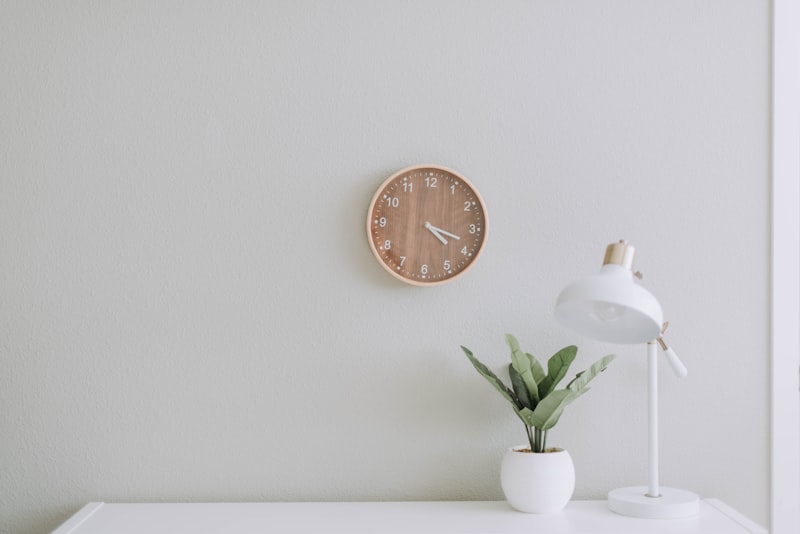Firstly, cleaning the leather regularly is crucial. Use a mild leather cleaner and a soft cloth to gently wipe away any dirt or grime. Avoid harsh chemicals that can damage the leather’s natural oils. Once cleaned, apply a leather conditioner to keep the material supple and prevent it from drying out.
Secondly, for minor scratches or scuffs, there are specialized leather repair kits available. These typically come with a filler compound that you can use to smooth out the imperfections. Follow the instructions carefully to achieve a seamless repair.
Additionally, for deeper cracks or tears, it’s best to consult a professional leather repair service. They have the expertise and tools to repair extensive damage effectively. Trying to fix major issues yourself could worsen the damage and be more costly in the long run.
Moreover, prevention is key to maintaining leather seats. Park your car in shaded areas to avoid prolonged exposure to sunlight, which can cause leather to fade and become brittle. Using a sunshade can also help protect the interior from UV rays.
Furthermore, regular conditioning not only keeps the leather soft but also helps to maintain its color and texture. Think of it as moisturizing your skin – it needs hydration to stay healthy and resilient.
Caring for your car’s interior leather requires attention and the right approach. By cleaning regularly, addressing minor issues promptly, and seeking professional help for major repairs, you can ensure that your leather seats remain luxurious and comfortable for years to come.
Revitalize Your Ride: Expert Tips for Restoring Car Leather Upholstery

Firstly, start by thoroughly cleaning the leather surface. Use a mild leather cleaner and a soft-bristled brush to gently scrub away any dirt and stains. Take care not to scrub too hard to avoid damaging the leather. This step is crucial as it prepares the surface for further treatment by removing layers of buildup that can obscure the natural beauty of the leather.
Next, consider applying a leather conditioner. Think of it as moisturizer for your car’s seats – it helps to hydrate the leather, keeping it supple and preventing it from drying out and cracking. Choose a high-quality conditioner that’s specifically formulated for automotive leather to ensure the best results. Apply it evenly across the upholstery and allow it to soak in for a recommended period before wiping off any excess.
For deeper stains or scratches, you may need to use a leather repair kit. These kits typically come with everything you need to mend minor damage, such as tears or scuffs, effectively. Follow the instructions carefully and take your time to achieve seamless results that blend in with the rest of the upholstery.
To maintain the restored leather, establish a regular cleaning and conditioning routine. This not only preserves the visual appeal but also prolongs the lifespan of the upholstery. Consider investing in protective products like leather sealants or UV protectants to shield against sun damage and fading.
By following these expert tips, you can transform tired-looking leather upholstery into a showroom-worthy interior that enhances your driving experience. Whether you’re preparing to sell your car or simply want to enjoy a more luxurious ride, restoring your leather upholstery is a worthwhile investment in both time and effort. So, roll up your sleeves, gather your supplies, and give your car’s interior the revitalization it deserves!
DIY Delight: Easy Steps to Fixing Scratches and Tears in Car Leather
Got a scratch or tear on your car’s leather seats that’s driving you nuts? Don’t fret! Fixing them yourself can be easier than you think. With a few simple steps and the right tools, you can restore your car’s leather to its former glory without breaking the bank.
First things first, assess the damage. Is it a minor scratch or a more significant tear? Knowing this will help you determine the best approach. For small scratches, a leather repair kit with color-matched dye and filler can work wonders. These kits usually come with everything you need, including a palette knife for applying the filler and a grain texture paper to mimic the leather’s natural pattern.
Start by cleaning the area around the scratch or tear with a mild leather cleaner and a soft cloth. This ensures that the repair will adhere properly and won’t be compromised by dirt or grease.
Next, apply a small amount of the filler to the scratch, using the palette knife to spread it evenly over the damaged area. Be sure to follow the instructions on the repair kit carefully, as drying times and application techniques can vary.
Once the filler has dried, gently sand it down with fine-grit sandpaper to smooth out any rough edges. This step is crucial for achieving a seamless finish that blends in with the surrounding leather.
Finally, apply the color-matched dye to the repaired area using a sponge or soft brush. This will help blend the repair with the rest of the leather and give it a uniform appearance. Allow the dye to dry completely before using the seat again.
Voila! With these easy steps, you can say goodbye to unsightly scratches and tears on your car’s leather seats. DIY leather repair not only saves you money but also gives you the satisfaction of knowing you’ve restored your car’s interior to its original beauty.
Ready to give it a try? Grab a leather repair kit and get started today. Your car—and your wallet—will thank you!
From Shabby to Chic: Transforming Car Interiors with Leather Repair Techniques
Leather, known for its elegance and durability, can last for decades when properly maintained. However, daily use and exposure to elements can take a toll, leaving unsightly marks and tears. This is where professional leather repair comes into play. Whether it’s restoring a vintage car or refreshing a newer model, skilled technicians have the expertise to work wonders.
The process begins with a thorough assessment of the damage. From minor scratches to deep cracks, each imperfection is carefully evaluated. Using specialized tools and premium leather treatments, technicians meticulously repair and restore the damaged areas. It’s like giving your car a spa day – rejuvenating and enhancing its overall appeal.
One of the most common issues faced by car owners is cracked leather seats. These not only look unattractive but can also lead to further damage if left untreated. With precision techniques, such as filling and coloring, professionals seamlessly repair cracks, ensuring a smooth and flawless finish. Imagine sitting in your car again, feeling as though you’ve just driven it off the showroom floor.
Moreover, leather repair isn’t just about aesthetics; it’s about preserving the value of your vehicle. A well-maintained interior can significantly enhance the resale or trade-in value of your car. It’s an investment that pays off both in terms of personal satisfaction and financial return.
Pro Secrets Unveiled: How to Preserve and Repair Car Leather Like a Pro
Ever wondered how some car enthusiasts keep their leather interiors looking brand new? It’s no magic trick – just a few insider tips that can make a world of difference. Let’s dive into the secrets of preserving and repairing car leather like a pro.
Firstly, regular maintenance is key. Just like skincare for your car, keeping leather hydrated with a good quality conditioner prevents it from drying and cracking. Think of it as moisturizing your skin to keep it supple and smooth.
When it comes to cleaning, gentle is the way to go. Harsh chemicals can strip leather of its natural oils, so opt for a pH-balanced leather cleaner and a soft cloth. Gently wipe away dirt and stains without rubbing too hard.

For minor scratches or scuffs, there are specialized leather repair kits available. These kits typically include a filler compound that you can apply to the damaged area, followed by a color-matched dye to blend it seamlessly with the rest of the leather. It’s like giving your car’s leather a mini makeover.
To prevent future damage, especially from UV rays, consider using a UV protectant spray. This helps to shield the leather from the sun’s harmful effects, preserving its color and texture over time.
Remember, consistency is key. Regularly scheduled maintenance ensures that your car’s leather stays in pristine condition for years to come. So, whether you’re a meticulous car owner or just starting to delve into the world of leather care, these pro tips will help you keep your car’s interior looking its best.
This article is crafted to be engaging and informative, using a conversational tone while incorporating SEO best practices to attract and retain readers interested in car leather care tips.
Frequently Asked Questions
How often should I condition leather car seats to keep them in good shape?
Learn how frequently to condition leather car seats to maintain their quality and appearance with our concise guide.
Is it possible to fix discoloration or fading on leather car upholstery?
Yes, it is possible to fix discoloration or fading on leather car upholstery. Professional leather repair services offer solutions like color restoration and conditioning treatments to rejuvenate the leather’s appearance. These services can effectively restore the color and texture, extending the life of your car’s upholstery.
What are the steps to repair a large rip in leather car seats?
Learn the essential steps to repair a large rip in leather car seats effectively with our concise guide. Discover the right tools, materials, and techniques to restore your car seats to their former condition, ensuring durability and a professional finish.
How can I repair small tears and scratches in my car’s leather interior?
Learn how to effectively repair small tears and scratches in your car’s leather interior with simple DIY methods. Discover step-by-step techniques to restore the leather’s appearance and maintain its durability.
What products should I use to clean and maintain leather car seats?
Discover the essential products for cleaning and maintaining leather car seats effectively. Learn which cleaners, conditioners, and protectants are recommended to preserve the quality and appearance of your leather seats over time.


